Now more than ever, patients call the shots. Thanks to 24/7 internet access and unprecedented access to information, patients can be a lot more selective when it comes to finding and choosing a healthcare provider. Maybe they want to switch primary care providers. Or maybe they need to find a reputable implant surgeon for the dental procedure they need.
Whatever it is, they’re going to pick up their smartphone and hit the Internets with a few important criteria in mind. In this article, we’re going to examine how patients choose doctors and the criteria that matter most to them. With this information, you’ll be better able to direct your budget to the marketing strategies that will help you remain as competitive and visible as possible.
How Patients Select Their Doctors
The fact that patients are increasingly reliant on digital channels to find doctors is stating the obvious. However, recent research reveals some surprising insights about the behavior of healthcare consumers when they’re trying to find a healthcare provider.
In its widely cited 2017 Patient Access Journey Report, Kyruus surveyed 1,000 healthcare consumers about “how they search for, select, and schedule appointments.” The report found that 90 percent of respondents do some kind of research before scheduling an appointment.
What’s interesting, however, is that just a few years ago, 62% of patients preferred to make the appointment itself over the phone, citing convenience and personalized service. However, people’s preferences are changing, and the demand for digital access is increasing. The 2020 survey revealed that now fewer people prefer to schedule by phone, and an increasing number prefer to book online—now up to 43%.
Overall, the research overwhelmingly shows that patients usually begin their search online, refine based on several factors important to them, all before ever picking up the phone to make an appointment.
Top Criteria Patients Use When Selecting A Healthcare Provider
Let’s examine each of the top criteria that patients use to evaluate their providers (at least according to research from Kyruus and a few other publications). Each one provides useful guidance for healthcare marketers looking to stay relevant, visible, and competitive in 2021 and beyond.
1. Accepts Patient’s Medical Insurance
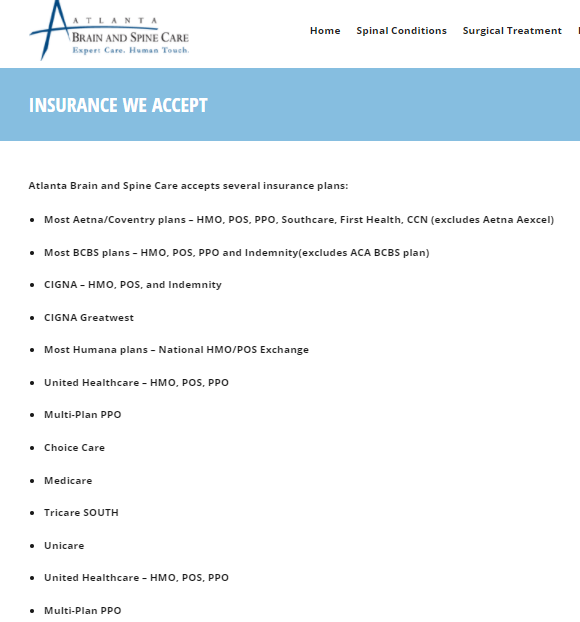
Out-of-pocket cost is very important to prospective patients. In fact, 91% selected “accepts my insurance” as a top factor in choosing a healthcare provider. For many, an out-of-network provider is a non-starter—it’s just too expensive. But you don’t want to make them dig for that kind of information, either.
What healthcare marketers should do is create a webpage that details their insurance information. On that page, answer a few important questions clearly and prominently.
- Is the practice part of a certain insurance group?
- What forms of insurance does the medical group accept?
- What is the payment policy?
- Who can I contact if I have an insurance question?
Create a thorough, easy-to-find, search-friendly “insurance questions” page that anticipates and answers these common insurance questions. While there’s not much you can do to change a person’s mind if their insurance isn’t accepted, know that patients value this information and expect to find it quickly. If they can’t quickly answer their insurance questions on your website, they might move on to a provider who gives them that information immediately.
2. Has Available Appointments
Nobody wants to wait long for their appointment, especially if they have a non-urgent but pressing medical issue. That’s why 83% of survey respondents said appointment availability was extremely important in their choice of a healthcare provider.
So, how can we make it as easy as possible for patients to get appointment availability information and to schedule an appointment?
- Consider online appointment scheduling. It’s a convenient way for patients to verify how long they’ll have to wait to make an appointment. And it’s the kind of convenience that Millennials, specifically, demand: research shows that two out of five prefer to book their appointments online. As Generation Z comes of age, they too will want the convenience of online scheduling.
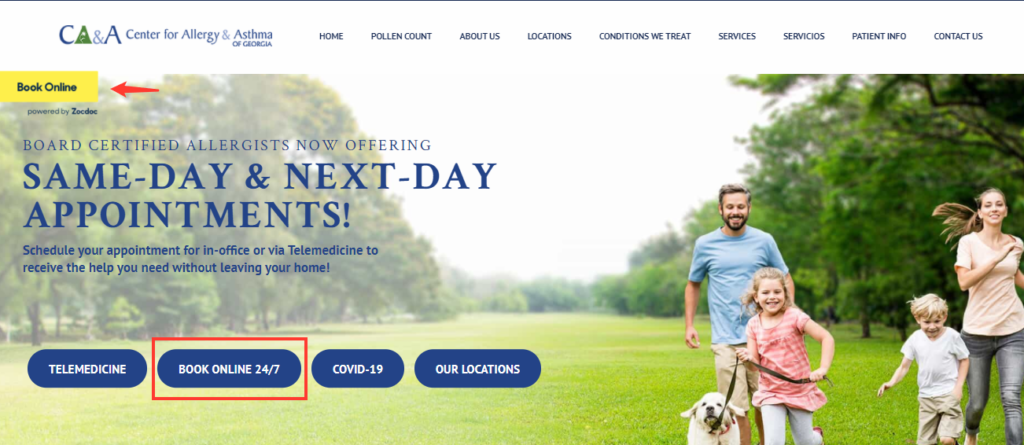
- Prominently display your phone number on your website and all digital channels and listings. Ensure that calls are quickly answered by implementing call routing and staffing the personnel needed to make this process as efficient as possible (no long waits and only one phone call needed). You can also add a strong call to action (CTA) to your homepage that directs website visitors to appointment scheduling information (an FAQ page, online scheduler, phone number, and so on).
- Add appointment scheduling information and CTAs to your digital ads. Within Google Ads, for example, you can add call extensions to your ad that start a call when the person clicks the CTA. Sitelink extensions can be used to add links that go directly to your appointment booking page.
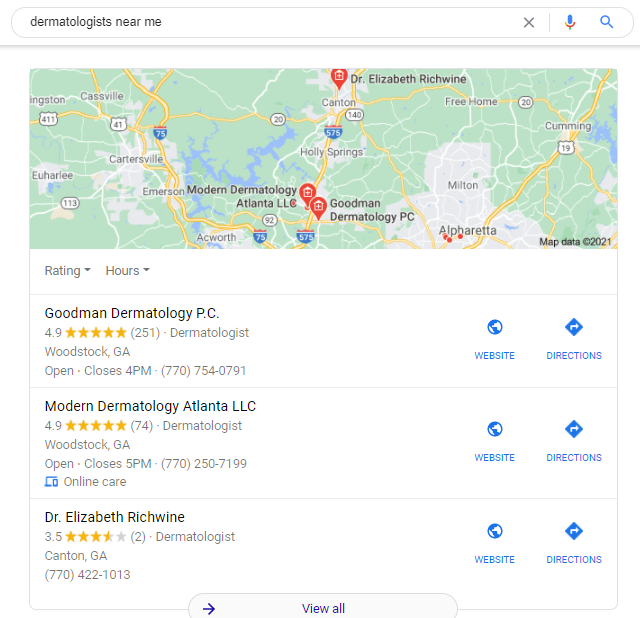 3. Is Close to Home
3. Is Close to Home
Here’s another interesting stat from this research: the convenience of location is important to 43% of people seeking urgent care. Makes sense, right? Who wants to travel across the county in a medical emergency? Interestingly, that number goes up to 48% for people seeking out retail healthcare clinics. And we know that proximity is as important as ever during the pandemic.
The point is, people tend to prefer healthcare providers within their immediate vicinity. While you can’t change your location, you can ensure that you’re found when people conduct searches near you. For healthcare marketers looking to tap into local demand, it’s time to invest in a local SEO strategy. Optimizing your Google My Business listings (for each location!) is a good place to start. Next, make sure you have a unique and comprehensive webpage for each office location.
Learn how to rank for local searches in our blog article “How to Get More Patients with Local SEO.”
4. Based on the Provider’s Reputation
Reviews matter. The Kyruus report revealed that a provider’s reputation is important to 83 percent of healthcare consumers. More than 40 percent of healthcare consumers trust online reviews. In a highly competitive digital marketplace, your practice’s reputation can make or break you. That means managing your digital reputation is a must, for which we have a few suggestions:
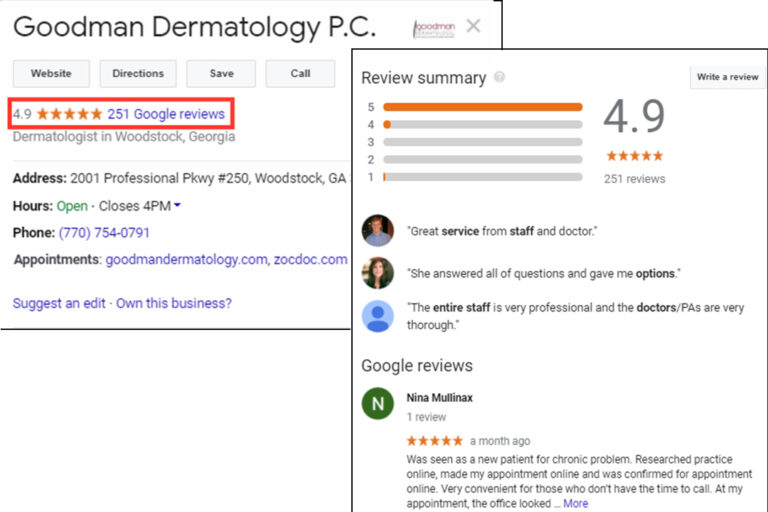
- Develop a reputation management program. This program could be as formalized as to include dedicated staff and software solutions. Or, you can perform periodic audits of reviews, ratings, and social media mentions. Whatever it is, create a strategy that includes ways to generate more positive reviews and how to manage negative feedback. Employees need clear direction to successfully manage brand reputation.
- Solicit positive reviews. Launch dedicated email campaigns that are triggered by certain milestones in the patient journey (a completed appointment, for example). You can also ask for reviews through other channels, like social media or direct mail—a personalized thank you note asking for a review can be effective. After a positive appointment, don’t be afraid to ask for a review face-to-face.
- Prevent negative nancy’s from dominating. Use this opportunity to fairly (and calmly) respond to any negative reviews floating around out there. If you’re getting tagged on social media, for example, put some time toward listening to these mentions and responding where appropriate. Social listening tools can be quite helpful in keeping tabs on consumer sentiment.
- Shore up your business listings across all relevant services. Are you listed on Google My Business? Yelp? Facebook? What about medical directories or physician review sites? Make sure you monitor all of these listings to keep an eye on outdated information and negative reviews.
5. Depending on the Physician’s Qualifications
Research from MGMA found that a physician’s qualifications are a top consideration for healthcare consumers. Patients want to know that a doctor can treat their particular condition or perform the surgery they want or need. They want to see degrees and certifications, ratings, and reviews.
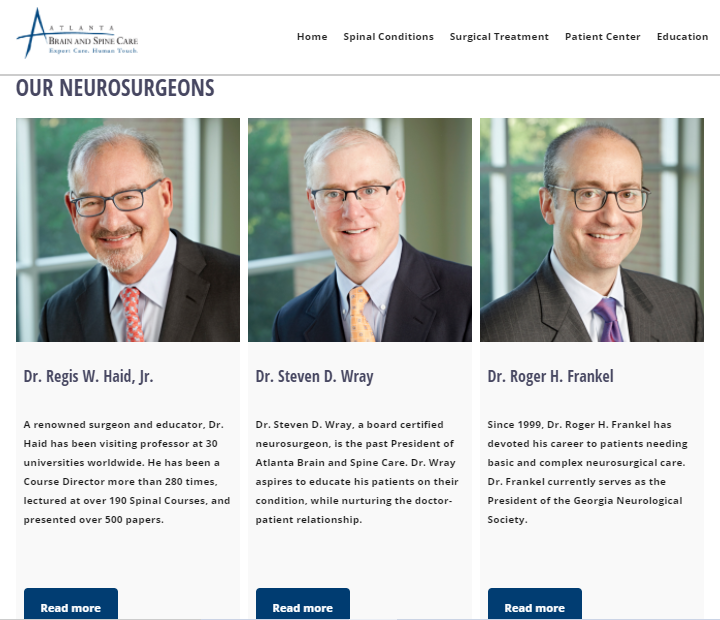
To make sure patients find this information for each physician in your practice, here’s what we recommend:
- Create robust provider pages. Highlight credentials, experience, publications, awards, and so on. Consider including a headshot or video introduction, as well as case studies or patient testimonials.
- Create robust service pages about conditions you treat and the services you offer. Use these pages to highlight your experience treating conditions, major successes, as well as information about your method or approach. You can also use these pages to share additional information, recommendations, and health tips that further demonstrate your expertise.
6. Likeability
Credentials and experience are one thing. Likeability, on the other hand, can be just as important to a prospective patient. Research from MGMA, for example, revealed that patients focus most on whether physicians listen well and are attentive. And despite the rapid-fire nature of our society, many patients still prefer to develop trusting, longer-term relationships with their physicians and healthcare providers.
What does that look like for healthcare marketers? Enculturating warm, confident, trustworthy communication is a start. This might come in the form of staff onboarding or ongoing training. Beyond internal standards, you can humanize your practice by incorporating more video messaging (personalized, if possible) from physicians. Highlight the good work that your practice does in the community, including charity work and non-profit involvement.
We all know of the neighborhood, family-run dentist practice that everyone knows and loves. Think about why people are drawn to that kind of practice. The same goes for any healthcare provider today.
7. Communication
The preference toward continuity and consistency in communication is evident across the available research. For example, 46% of respondents in the Kyruus report noted that they prefer network-affiliated providers because of improved communication and care coordination. And consider this from MGMA (cited above):
“In a study on the communication differences between physicians who have had malpractice claims brought against them and those who have not, researchers found that physicians who made efforts to educate patients, who used humor, and who made certain that their patients understood what they were saying, had fewer malpractice claims brought against them than those who didn’t.”
Today, effective communication often means proactive, personalized communication:
- Have you mapped out the various patient journeys common to your practice?
- Where are the various touchpoints in which a personalized message, email, or text could bring value to the patient’s experience?
- Do you have automated messaging in place for things like appointment reminders or pre-surgery preparation?
- Do you have a communications plan to share procedures for in-person and telehealth appointments, the accommodation of elective vs. non-elective procedures, and new safety protocols? What about general information about COVID-19?
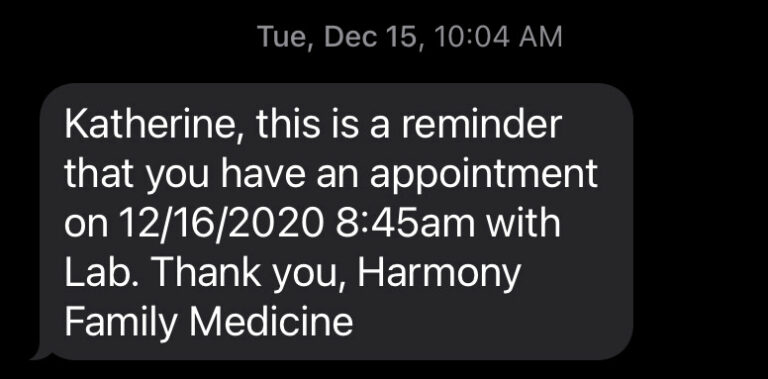
A patient journey audit often reveals ample opportunity for simple improvements to the ways you communicate with patients. As a general rule, patients don’t want to repeat themselves multiple times, and they’re probably going to forget the exact date and time of their next appointment. That’s where you come in!
Note: Keep in mind that telehealth and remote visits are still very new to many people. Beyond the novelty, many people have questions and concerns about making their technology work. You need to develop a marketing strategy to ensure people know about your telehealth offering, as well as how it works.
Building the Marketing Strategy to Be Seen By Patients Online
Healthcare providers find themselves in an interesting position. On the one hand, people still prefer calling to make an appointment and meeting with physicians and medical professionals in person—by a wide margin. On the other hand, the vast majority of those patients begin their search for a healthcare provider online. Rest on your laurels and you risk losing prospective patients to providers with more sophisticated marketing programs.
By investing in things like digital advertising, search engine optimization (SEO), and a website overhaul, you’re doing more than just “generating leads.” Ideally, you’re ensuring that your prospective patients can find you and get to know you in whichever digital channel they choose. When you put together a digital marketing strategy with this in mind, you’re building more than just ads—you’re enriching the patient experience.
For more insights on the changing behavior of healthcare consumers and marketing trends, check out 2021 Healthcare Marketing Trends to Watch.

